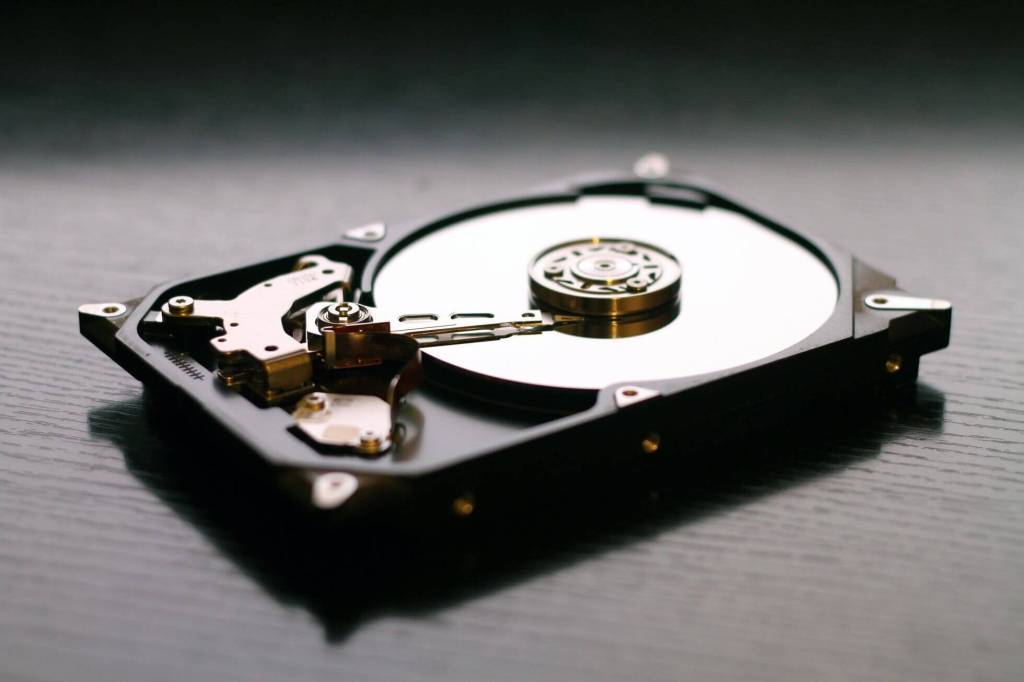In this post, we explore where SMBs store company data. Click below to jump to a specific section or read along:
- Where is company data stored?
- What does a solid backup plan actually entail?
- Four Different Backup Solutions
From Workstations to the Cloud:
Three different data storage solutions for small and medium-sized businesses
1. Is it on my workstation or laptop?
Most personal computers or workstations can save data to their “C: drive.” Often, smaller businesses get away with this solution. However, as a business grows a more centralized storage options increases security, business continuity, and backup viability.
2. Server or central physical device?
When businesses get to a certain size, they begin to separate into different departments. It is critical for business continuity to maintain a centralized storage location. Centralized storage ensures all company data stays company data. What happens if someone moves on to another company and all of their client related information is stored on their laptop?
Four centralized storage device options:
- Shared drive on a workstation
- Network attached storage device (NAS)
- File Server
- Storage Area Network (SAN)
3. Cloud applications
More and more businesses adopt OneDrive, Dropbox, Box, and Google Drive as their main storage solutions. The ease of set up and low initial cost, make it a first choice for new businesses. Data stored here requires minimal hardware investment and potentially less IT support.
* See below “Public Cloud” for Amazon Web Services (AWS) and Azure. These platforms make sense for heavy developer businesses looking to leverage applications built for a distributed network. Loads of these businesses in Silicon Valley, and they have a unique business model.
Let’s talk data redundancy…
What is a backup?
Information used regularly is active data. A backup is a copy of the active data. In contrast, archiving refers to copying/storing data that is no longer referenced regularly. Backup types are broken into two categories, file and image.
File vs image backup
Most personal backup solutions are of the file nature (ie Crashplan and Acronis). File Backups are exact copies of folders and their documents. Essentially, Mac Finder or Windows Document Explorer copied somewhere else. In contrast, an image backup is a full hard drive copy. They are used to capture application, software, and device configurations in addition to data. Biggest downside of image-based backups is the abundance of data captured. These are much larger backups than file.
File vs image-based backup analogy
Imagine your company’s data is like books to the New York Public Library. If there was a fire, that destroyed the building and all its contents. A file backup would make sure you had a copy of every single page of every single book. With a file backup only, you wouldn’t know how to organize the books, where each one belonged, how many shelves we should build, and all the infrastructure information. That’s a lot of books to reorganize. If you had an image backup, you’d simply need to rebuild the physical building then flip a switch to restore all the books to the right place.
Why do you need a good backup?
- Most commonly, employees will accidentally delete a file or email and with a backup you can go and restore the lost file.
- In a natural disaster or hardware failure, and the business or individual needs to rebuild the infrastructure.
- Ransomware attacks. If a device becomes infected with ransomware, a fix could be to wipe it and restore to a previous version.
3 copies of active data
In general, we encourage our clients to have three (3) copies of active data, two (2) local and one (1) offsite. The first local copy of data is listed above. Additionally, we employ four (4) different backup solutions depending on our clients’ needs.
Backup Cadence: How Often and How Many?
It is important to back up as often as possible to prevent lost work. Let’s take the above library analogy a step further. An effective backup cadence ensures books that were checked out in the months prior are also copied and stored. However, remote backups can take up quite a bit of internet bandwidth. Therefore, for most businesses a nightly backup tends to be the best option to limit lost productivity without interrupting daily work.
In addition to a most recent backup, it is also important to retain more than the most recent backup. We recommend keeping: 8 daily, 5 weekly, 13 monthly, and 3 annual backups. These backups can get rather large, so storage may get expensive and that can impact our client’s decisions.
Multiple Backups protect from:
- Slow acting ransomware attacks: They may take months to show themselves.
- File deletion: Didn’t realize files were deleted until two months later.
4 Different Backup Options
1. On-premise: local copy
On-premise storage– Plugged directly into the server via USB, a network attached storage (NAS) device is a great first place to have a redundant source of data. Because it Is plugged directly into the server, there is no reliance on the internet. This creates the fastest upload/download speed possible.
2. Satellite office: remote copy
Satellite office storage– If an SMB has already invested in the hardware at a second location, having a daily dump of data to the other location could be a great offsite backup option. These solutions combine the disaster recovery benefits of a remote copy with the rebuilding speed associated with a local copy.
3. Private Cloud: remote copy
Private cloud storage- In contrast to AWS or Azure, MSPs will occasionally have their own local datacenter. MSPs take care of the infrastructure themselves and manage the associated hardware. Therefore, they can often offer much lower rates for backup options. This is a great option for local businesses.
4. Public cloud: remote copy
Public cloud – Amazon Web services, Microsoft Azure, Backblaze. For archived data, the public cloud storage option is economical. However, active data is less affordable for small businesses. Cloud backup solutions are great due to the size of the network. Data stored with this solution will be replicated to multiple datacenters spread across the world. Theoretically increasing redundancy; however, public cloud storage could potentially introduce a security threat.
Factors to Consider:
Each different data storage option and backup solution comes with different positives and negatives. Factors to consider when designing your infrastructure:
- Size and structure: do you plan on growing, shrinking, or staying level? How many remote employees do you have?
- Data size: How many TBs are you dealing with?
- Security: What is your business’ risk profile?
- Internet speed: For cloud solutions, the data flow bottleneck will most likely be the internet speed.
- Downtime: What is the acceptable time your business can be unable to access company data or systems?
Every answer to the above questions leads to a handful of follow ups to truly understand each unique SMB’s needs and design a proper data storage and backup solution. Generation IX Technologies has been working with Los Angeles based small and medium-sized businesses for over 30 years. Email us today to schedule a consultation!




